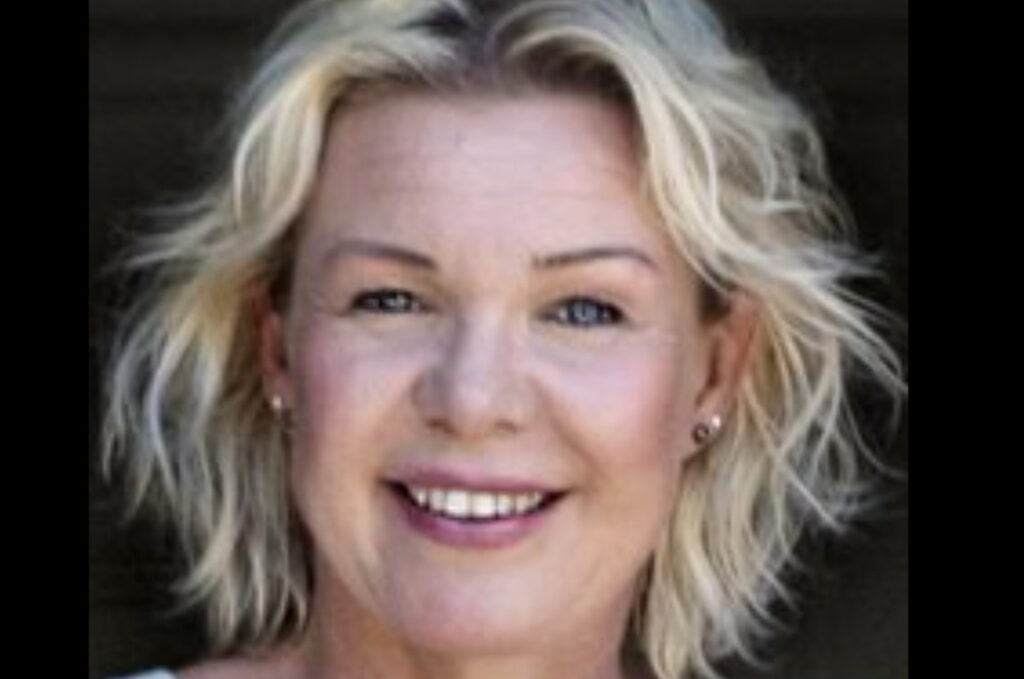

‘I resigned from my day job as a product manager at a medical device company and worked night shifts at a nursing home. I then worked on the development of the device in the daytime. It was then that I discovered the missing piece of the puzzle’.
How did the idea for OstomyCure come about?
The idea stretches back to 1992 when I was working with cancer patients as a nurse in Norway. One patient in particular stayed in my memory. She was a terminal cancer patient who had considerable nausea and, at the same time, was really struggling with her stoma.
The memory of her dreadful situation came back to me in 1998 during a professional pharmaceutical training course where we were researching innovation in stoma care. I decided to quiz world-leading gastro surgeons on the best ostomy innovations and the results of various research projects to date.
The responses were disappointing. It seemed that Baxter International had tried to develop an implant. However, it turned out the complexity of the intestinal wall had been a problem as the intestine ejects whatever it comes into contact with.
The problem drove me on further. I drew models of different solutions and shared them with gastro surgeons and ostomy users.
How did the idea develop into a company?
Once I decided on a solution, I had a model prototype built and received advice from Innovation Norway on how to build a business. At an entrepreneurial seminar, I met Lars Monrad Krohn, founder of Norsk Data, who, after I had scrawled diagrams on a restaurant napkin, encouraged me to invest more time in the project.
To find that time, I resigned from my day job as a product manager at a medical device company and worked night shifts at a nursing home. I then worked on the development of the device in the daytime.
It was then that I discovered the missing piece of the puzzle. The company Hotswap AB, headed by serial entrepreneur Robert Axelson, had been working for over 30 years to understand and mimic how gums don’t expel teeth.
I bought the research and technology that Hotswap had developed for the gastrointestinal field in the hope that the technology would trick the intestine into not expelling my implant.
I then secured funding from Innovation Norway to set up a company at the Oslo Science Park.
How did you initially test the implant?
I then built collaborations to trial the technology. I worked with Professor Erik Fosse and Professor Bjørn Edwin at Oslo University Hospital; Robert Axelsson from Hotswap AB; and many people across Oslo Science Park.
We successfully tested the prototype on pigs and dogs to check that the implant wasn’t going to be rejected by the intestine. I had conversations with national and international patient groups; submitted patent applications; prepared investor pitches; and recruited more people to the team.
This was a really exciting time. I was referred to as one of Norway’s most important female entrepreneurs and invited to parliament to present what it was like to be a female entrepreneur in Norway. I gave speeches at various international conferences and embassies.

Why did you decide to step aside?
Leading OstomyCure was a wonderfully educational and rewarding period. However, the development of the technology required a 100% commitment. It was a really tough decision, but I wanted to return to my hometown to become a mother, which needed equal commitment. I decided to hand over the reins of the company to give it the best chance.
I have so enjoyed watching the company grow and develop ever since. OstomyCure will always be a part of me and I am so grateful that I was able to start the story that so many other people are now building on.

